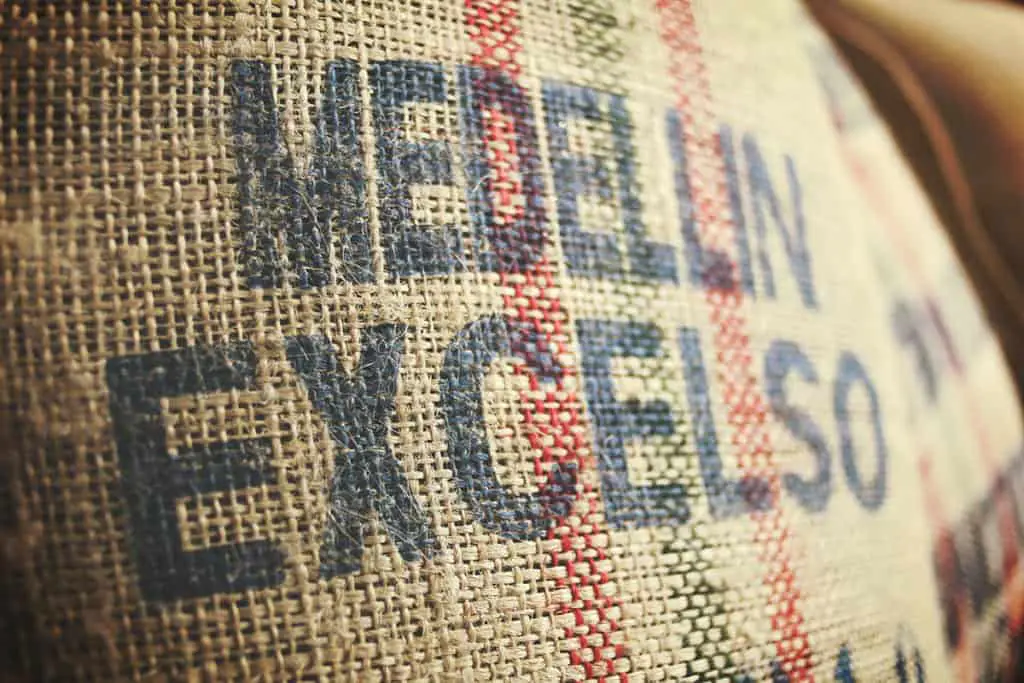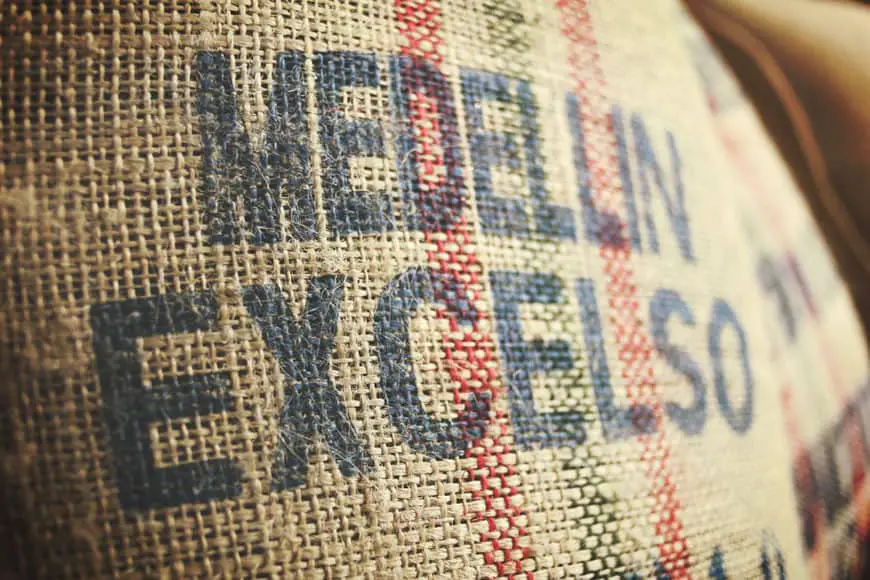
Colombian coffee is synonymous with quality, with its smooth, balanced flavors and rich cultural heritage. But what makes Colombian coffee stand out in a crowded global market? From its ideal growing conditions to its meticulous processing methods and long history, Colombian coffee is more than a drink—it’s a story of land, people, and passion.
In this guide, we’ll explore why Colombian coffee is celebrated as the gold standard, diving into its origins, unique characteristics, and the regions that produce its diverse flavors. Whether you’re a casual coffee drinker or a dedicated one, this journey through Colombia’s coffee culture will hopefully deepen your appreciation for this amazing country and its coffee.
The Roots of Colombian Coffee: A Historical Journey
Coffee isn’t native to Colombia, yet it has become a cornerstone of the nation’s identity. Introduced in the early 18th century, likely by Jesuit priests, coffee seeds arrived from across the Atlantic, possibly via Venezuela or the Caribbean.
The earliest records, attributed to Jesuit priest José Gumilla around 1790, mark the beginning of coffee cultivation in Colombia. Initially, adoption was slow—coffee trees take five years to yield their first harvest, a daunting commitment for farmers accustomed to quicker returns. Despite this, coffee gradually took root, spreading from the northeastern regions to the Andes by the 19th century.
The turning point came in the mid-1800s when global demand for coffee surged. Colombian landowners seized the opportunity, exporting 2,500 bags to the United States by 1835. By the 1870s, this number had skyrocketed to 170,000 bags, and by the 1990s, Colombia was exporting millions annually. The National Federation of Coffee Growers, established in 1927, played a pivotal role in this growth, unifying over 500,000 farmers and promoting Colombian coffee through the iconic Juan Valdez campaign launched in 1958.
This fictional farmer, complete with his mule Conchita, became a global symbol of Colombian coffee’s quality and authenticity, distinguishing it from blended beans. In 2011, UNESCO recognized the “Coffee Cultural Landscape” of Colombia as a World Heritage Site, cementing its cultural and economic significance across 2.2 million acres.
Today, Colombia ranks as the third-largest coffee producer globally, behind Brazil and Vietnam, but its focus on quality over quantity sets it apart. While Vietnam leans heavily on robusta beans, Colombia exclusively cultivates arabica, prized for its sweeter, more nuanced flavors. This commitment to excellence, rooted in centuries of tradition, continues to define Colombian coffee’s global reputation.
Ideal Conditions: Why Colombia’s Terroir is Perfect for Coffee
Colombian coffee owes its exceptional quality to the country’s unique geography and climate. Straddling the equator, Colombia enjoys consistent temperatures between 8°C and 24°C, ideal for arabica cultivation. Its position between the Amazon rainforest, the Pacific Ocean, and the Caribbean Sea fosters immense biodiversity, enriching the volcanic soil with nutrients essential for coffee growth.
The Andes Mountains, divided into three cordilleras, create diverse microclimates, allowing farmers to cultivate coffee at altitudes ranging from 900 to 2,300 meters. Higher elevations slow bean development, enhancing acidity and complexity, while lower altitudes produce fuller-bodied coffees.
Rainfall is another critical factor. Colombia’s coffee regions receive ample precipitation, often supplemented by clouds that blanket the Andes, maintaining humidity and shielding coffee cherries from excessive sun. Shade trees, such as banana or rubber, are commonly intercropped with coffee plants, protecting beans from scorching and adding organic matter to the soil.
This meticulous cultivation, primarily on small family farms averaging less than 6 hectares, ensures quality control. Unlike mechanized harvesting in flatter regions like Brazil, Colombian coffee cherries are hand-picked, allowing farmers to select only the ripest fruit. This labor-intensive process, supported by over 600,000 producers, underscores the care embedded in every bean.
Processing methods further elevate Colombian coffee. The washed process, prevalent in Colombia due to frequent rains, involves depulping cherries, fermenting the beans for 12–24 hours, and washing them to remove mucilage before sun-drying.
This method enhances flavor clarity, producing a clean, bright cup with pronounced acidity. Some farms experiment with natural processing, where whole cherries are sun-dried, imparting bolder, fruitier notes. These techniques, combined with Colombia’s terroir, create a coffee that’s both versatile and distinctive.
Flavor Profiles and Regional Diversity
Colombian coffee is celebrated for its balance—medium body, vibrant acidity, and a clean finish that appeals to a wide range of palates. Its flavor profile is diverse, shaped by the country’s 22 coffee-growing regions, each with unique conditions. To illustrate this diversity, consider the three main regional groups:
| Region | Altitude (meters) | Flavor Notes | Characteristics |
|---|---|---|---|
| Northern (Santander, Santa Marta) | 1,000–1,600 | Chocolate, nuts, caramel | Full-bodied, lower acidity, sweet aftertaste |
| Central (Antioquia, Caldas, Quindío) | 1,200–2,000 | Nutty, chocolate, herbal, fruity | Well-rounded, medium acidity, gentle sweetness |
| Southern (Huila, Nariño, Cauca) | 1,500–2,300 | Citrus, floral, tropical fruit | High acidity, complex, bright aromas |
In the northern regions, lower altitudes and warmer temperatures yield coffees with deeper, chocolatey notes and a heavier body, ideal for those who prefer a robust cup. The central “Coffee Triangle” or Eje Cafetero, encompassing Quindío, Caldas, and Antioquia, produces the iconic MAM (Medellín, Armenia, Manizales) beans.
These are prized for their balanced acidity and hints of caramel, nuts, and fruit, making them a staple in specialty coffee shops. Southern regions, with their high elevations, craft coffees with bright, floral aromas and complex flavors like citrus and berries, appealing to those who enjoy a lively brew.
Colombian coffee primarily uses arabica varietals like Caturra, Typica, Bourbon, and Castillo. Caturra, developed in Brazil, offers pronounced acidity and a lighter body, while Typica, a traditional varietal, delivers delicate, floral notes. Castillo, a hybrid bred for disease resistance, provides smoothness but has sparked debate due to its robusta-like genetics.
Specialty varieties like Geisha, though less common, are gaining traction for their intricate, tea-like flavors, fetching record prices at auctions. Roasting also plays a role—light roasts preserve floral and fruity notes, while medium roasts enhance caramel and chocolate tones. Dark roasts, traditionally popular in Colombia, can mute natural flavors but remain a favorite for espresso blends due to their low bitterness.
Coffee Culture and Tourism: Experiencing Colombia’s Legacy
Beyond its beans, Colombian coffee is a cultural phenomenon, deeply woven into the nation’s social and economic fabric. Coffee isn’t just a morning ritual; it’s a social glue, shared during family gatherings, business meetings, or casual catch-ups. In Colombia, “tinto”—a small, strong black coffee made from lower-grade beans—is a daily staple, sold on street corners and symbolizing accessibility.
Specialty coffee shops in cities like Bogotá and Medellín, such as Café San Alberto and Pergamino Café, are elevating the scene, showcasing single-origin beans and innovative brewing methods like pour-over and Chemex.
For travelers, Colombia’s coffee regions offer immersive experiences. The Coffee Triangle, a UNESCO-recognized region, is a hub for coffee tourism. Visitors can tour historic farms like Finca El Ocaso, participate in harvesting, or learn about processing at the National Coffee Park in Quindío, which blends education with amusement rides.
In Santa Elena near Medellín, sustainable farm tours highlight organic practices, while Cali’s emerging coffee festivals celebrate the Pacific region’s unique flavors. These experiences reveal the dedication of Colombian farmers, whose resilience and innovation—such as climate-resilient varieties like Castillo—ensure the industry’s future despite challenges like rising temperatures and volatile prices.
Colombian coffee’s global acclaim stems from a perfect storm of geography, craftsmanship, and culture. Its volcanic soils, high altitudes, and meticulous processing create flavors that range from nutty and chocolatey to bright and floral.
The hands of over half a million farmers, combined with centuries of tradition, infuse every bean with a story of pride and passion. Whether you’re savoring a cup of MAM from the Coffee Triangle or a rare Geisha from Huila, you’re tasting Colombia’s soul.
So, next time you brew a Colombian coffee, take a moment to appreciate the land and people behind it—a legacy that continues to inspire and delight coffee lovers worldwide.

